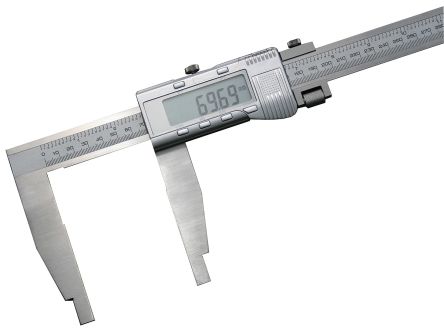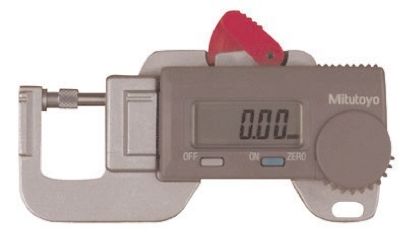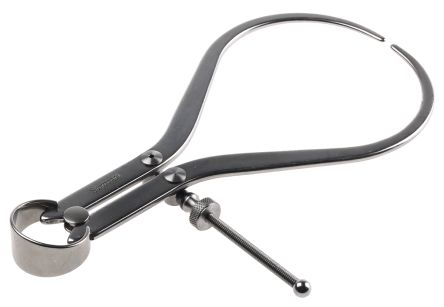
|
What are calipers?
Calipers, also spelled callipers, are tools which have two adjustable legs or jaws for accurately measuring the dimensions of objects. They’re mechanical engineering tools which are often associated with metalworking, but are also used in a number of different applications including gunsmithing, woodturning and woodworking. This means there’s a variety of different types which are all designed for specific applications and tasks. Some are electronic and feature digital displays.
How do calipers work?
They’re used to measure objects which can’t be easily measured using a ruler or other measuring equipment. They feature two legs attached to a central hinge, which enables them to move closer together or further apart to reach a measurement.
Some types, for example spring, require another measuring tool like a ruler to calculate the distance between the measuring legs. These are also referred to as transfer measuring tools. Other types, such as digital, dial and vernier, feature a scale. This means measurements can be read straight from the display on the tool. As well as calipers, there’s a wide range of other measurement equipment available on our website.
What do calipers measure?
There are four types of measurements which calipers are used for – these are outlined below:
Inside
Outside
Depth
Step
For the inside of objects or spaces, use the small legs on the top of the caliper. To do this, slide the caliper closed, place the jaws into the area or object being measured, and then slide them as far apart as they can reach.
For the outside of an object, slide the jaws of the tool open, place them over the item, and then slide them closed until they reach the object.
This is done using the depth blade. This usually extends out the bottom or far end when the caliper is open. To do this, press the main bar of the caliper against the top of the hole or gap being measured, and then open the caliper until the blade reaches the bottom.
Have the jaws open and place the sliding jaw on the upper step of the object being measured. After this, open the caliper until the fixed jaw reaches the lower step.
How to use a caliper
They’re very easy to use and are extremely effective for getting accurate measurements.
Some calipers are fixed open at a specific width, and are generally used for quality assessment and to maintain standards, for example to check a product being manufactured is always the same size and consistency. Whereas movable calipers are adjustable, allowing users to measure a range of objects.
Top tip: When using the tool, make sure to measure straight on (perpendicular to the object).
Different types of calipers
Below are the most common types of calipers and what they’re used for.
Vernier CalipersThese were first introduced by French mathematician Pierre Vernier in 1631. They have dual scales which run along the top and bottom, showing both imperial and metric measurements. Some styles also feature digital readouts. They’re used for measuring outside and inside diameters, as well as depth. They can measure up to 1/10mm (or 0.1mm/0.01cm) which is known as the least count. |
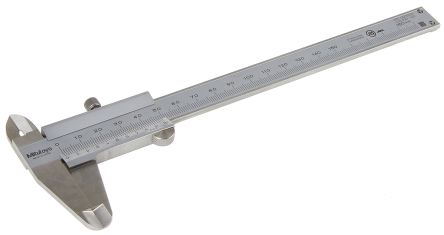 Shop for Vernier Calipers
Shop for Vernier Calipers |
Digital/Electronic CalipersDigital calipers are the latest innovation in the technology. Rather than a rack and pinion mechanism, an internal microprocessor calculates the position of the legs and shows the reading on an electronic display. |
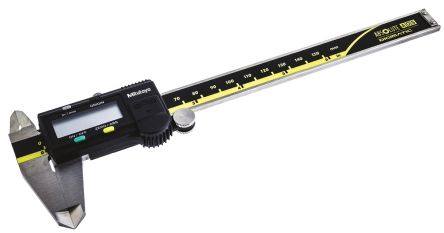 Shop for Digital Calipers
Shop for Digital Calipers |
Spring Joint CalipersThey feature two legs, a spring, and an adjusting nut. The space between the tool’s two legs can be adjusted by twisting the screw and nut. However, as they don’t include a scale, this type must be checked against a measuring tool like a ruler. There are two types of spring joint calipers – outside and inside. The former measures for thickness and diameter of objects, and the latter measures diameters of holes, as well as distances. |
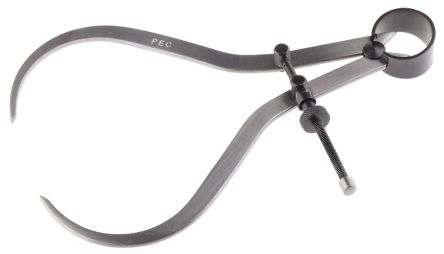 Shop for Spring Calipers
Shop for Spring Calipers |
MicrometersThese devices, also known as micrometer screw gauges, are used to measure very small distances. They’re also used to show depth, length and thickness using the anvil and spindle. For an outside reading, when the object is secure between the anvil and spindle, the micrometer is locked to give an accurate reading. They’re commonly used in mechanical engineering. |
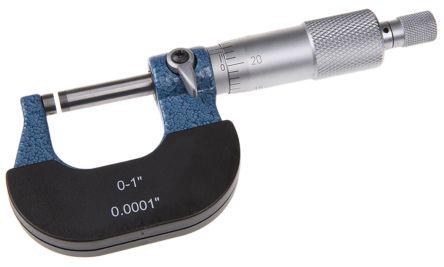 Shop for Micrometers
Shop for Micrometers |
Dial CalipersThese have a dial display with an indicator needle to show the measurement. This type can be used for outside, inside, step and depth measurements. |
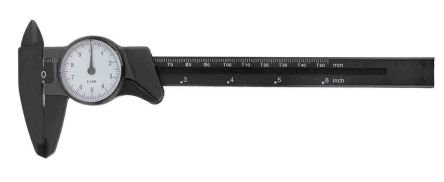 Shop for Dial Calipers
Shop for Dial Calipers |
Jenny CalipersThese are also referred to as odd leg or hermaphrodite calipers. This type of tool is used to draw lines a certain distance from the edge of an object or workpiece. |
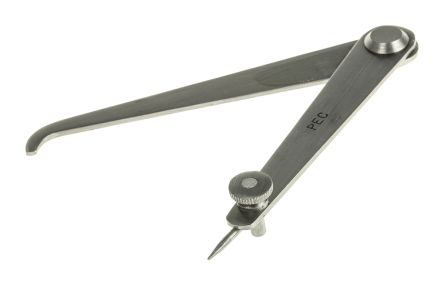 Shop for Jenny Calipers
Shop for Jenny Calipers |
What is zero error?
Zero error is one of the most common errors in measuring instruments such as vernier calipers. It refers to a tool or system giving a reading, when in fact the true reading at that moment is zero. It’s important to address zero error, as it can result in systematic uncertainty.
What is the zero error of a vernier caliper?
This occurs when the vernier caliper is set to its closed position – so the measuring jaws are in contact with each other – but the zero on the vernier scale doesn’t match the zero on the main scale. It can be caused from inadequate calibration and also from mechanical shock, which affects alignment of the legs. The image below shows the vernier scale alongside the main scale.
What’s the principle of working of the vernier scale?
Vernier calipers have a main scale and a vernier scale. The vernier scale is a device used for gaining an extra decimal point in the measurement. It uses the basic principle of alignment of line segments to improve the accuracy of readings. The vernier scale reading is added to the main scale reading to provide the decimal value in millimetres.
This is made possible by the difference in the spacing between the graduations on both scales. The main one is graduated like a normal meter ruler, with each mark at a distance of 1mm, and the vernier scale spacing is normally of 0.9mm. So if the zero marking on the vernier scale is aligned with the zero on the main scale, then the first mark on the vernier scale will be 0.1mm before the first mark on the main scale. The image below shows the vernier scale alongside the main scale.

Which is more accurate, vernier caliper or micrometer?
Vernier scales are usually used to measure objects up to a few centimetres across and to an accuracy of +/- 0.1mm. If a more precise reading is needed, then a micrometer can be used. These tools usually have accuracy of 0.01mm and are used to measure objects no bigger than a few millimetres.
Popular caliper brands
Click through to view some of the most popular brands on the market and browse the full range of products available:
